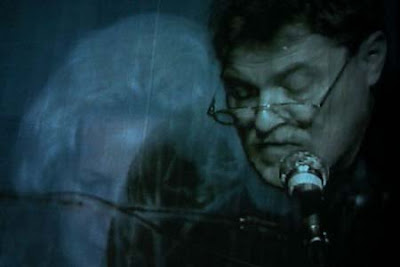
Pastora Pavón
“voice of the shadows, voice of tin, voice of moss...”.









Madagascar
Is legendary wildlife and flora,Isolated from the continents 160 million years ago, Madagascar followed a unique evolutionary path into enormous tortoises elephant birds, and lemurs. Lemurs were the highest primate formon the island until the Malagasy people, of Afro-Polynesian ancestry,arrived a mere 2000 years ago. Though divided into at least 18 tribes or clans, the Malagasy share a belief in the power of dead ancestors.This belief explains the importance of tombs and funerals. Although the form differs among the clans, it is after the first burial that the Malagasy honour their dead. The best-known ceremonyis the famadihana of the Merina people, a joyful occasion to communicate with a loved one whose remains are exhumed and wrapped in a new shroud. Some of the world’s most unusual birds are found only on Madagascar – gorgeous ground-rollers,the diverse vanga family, the couas.